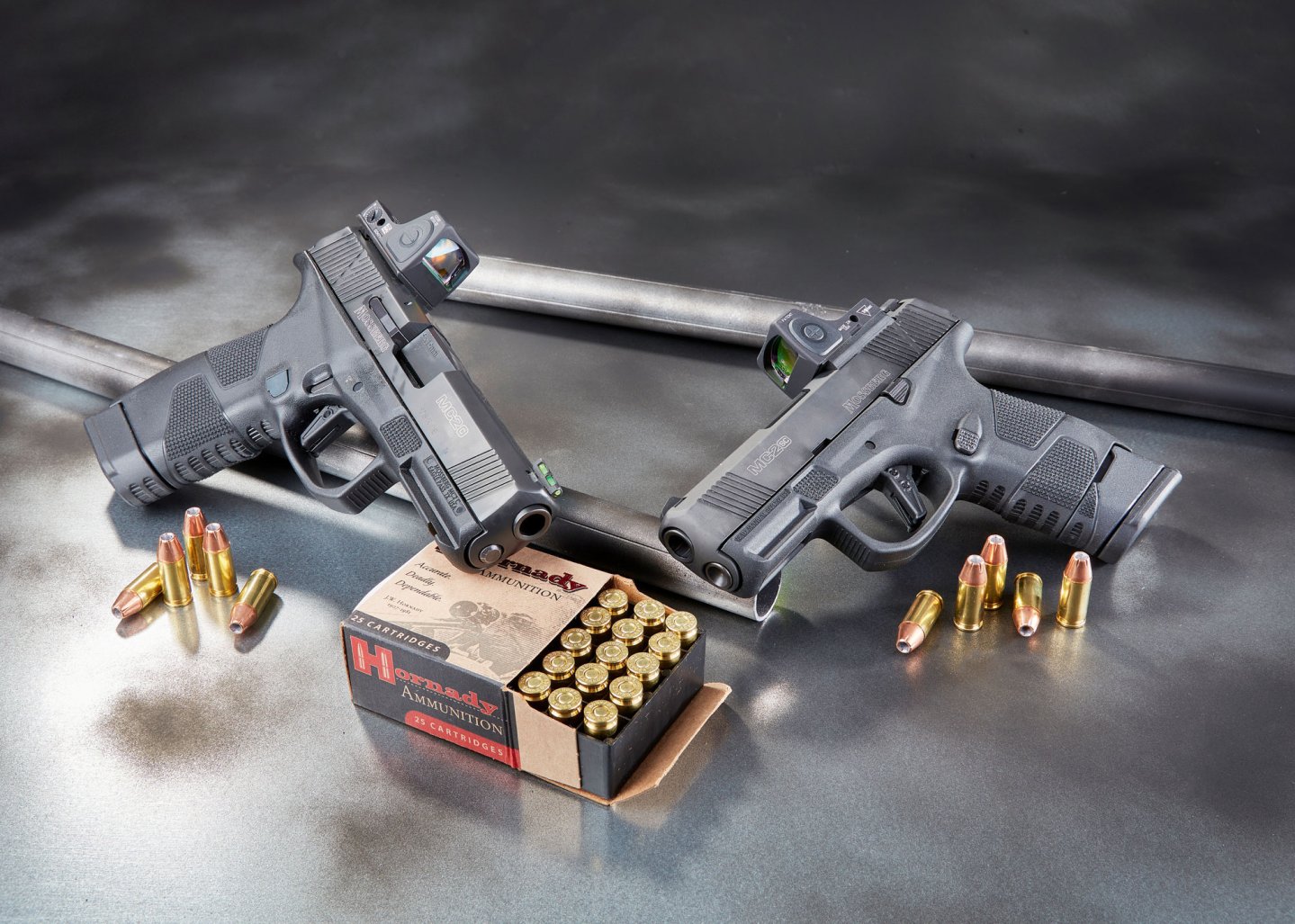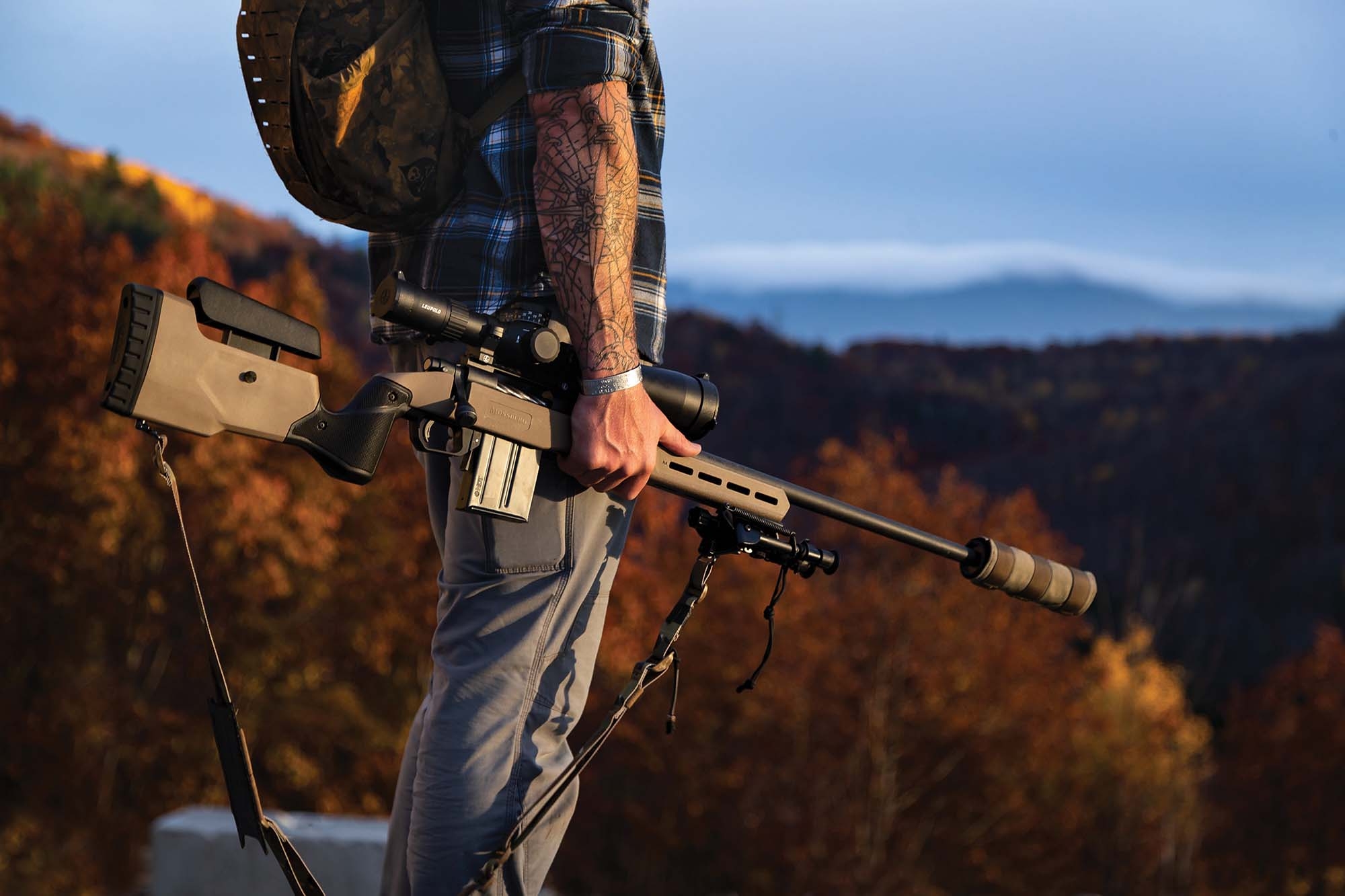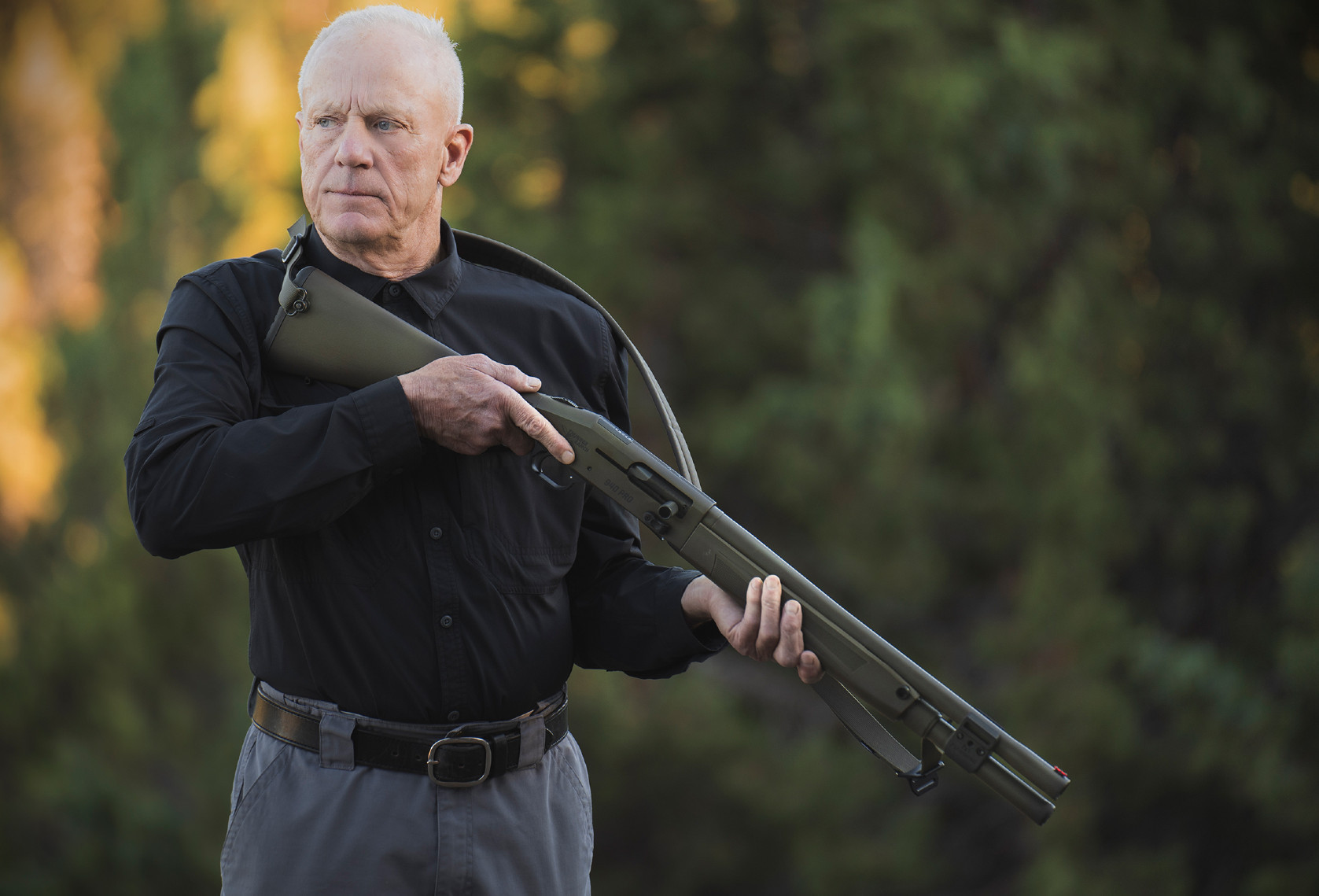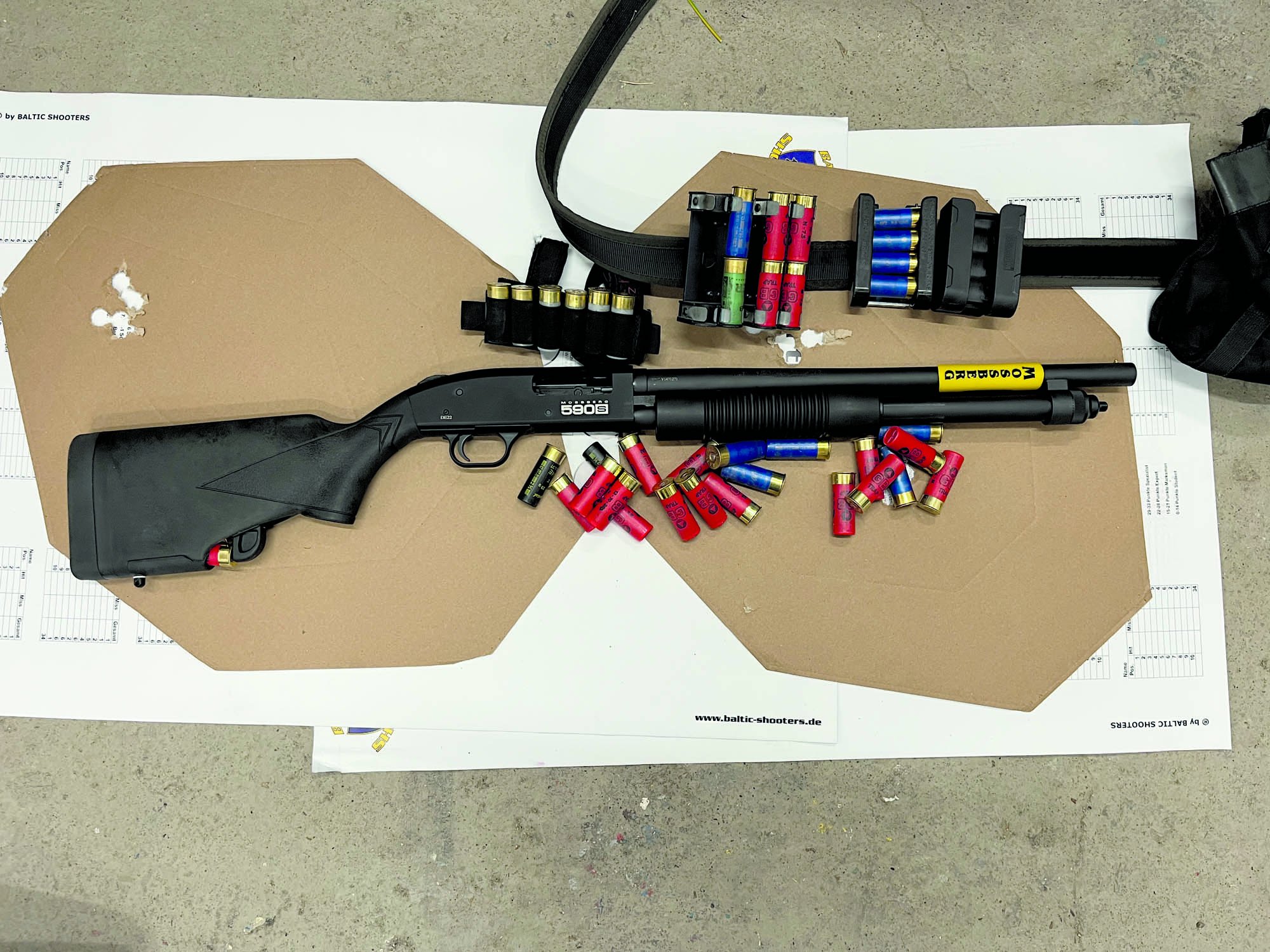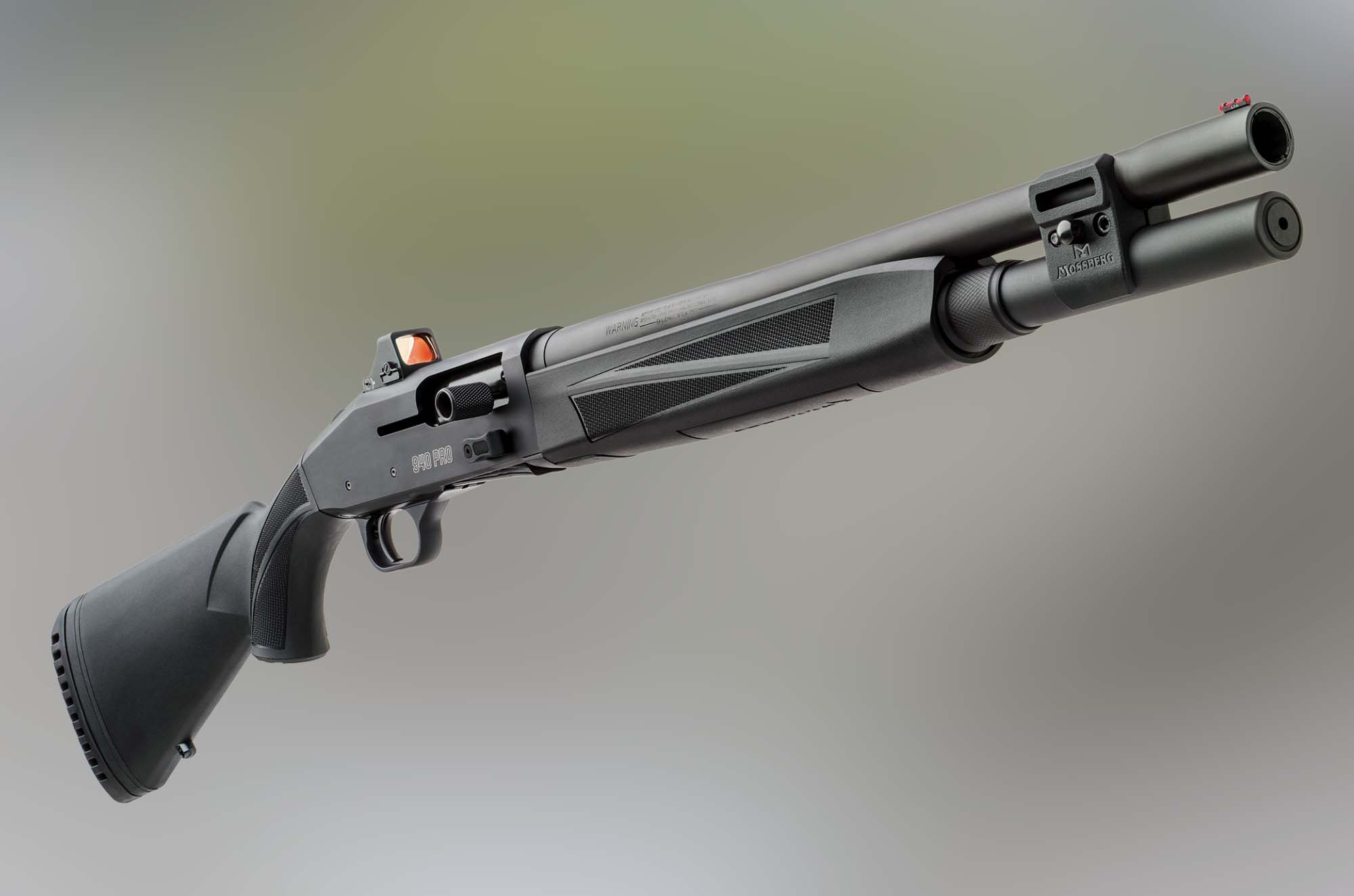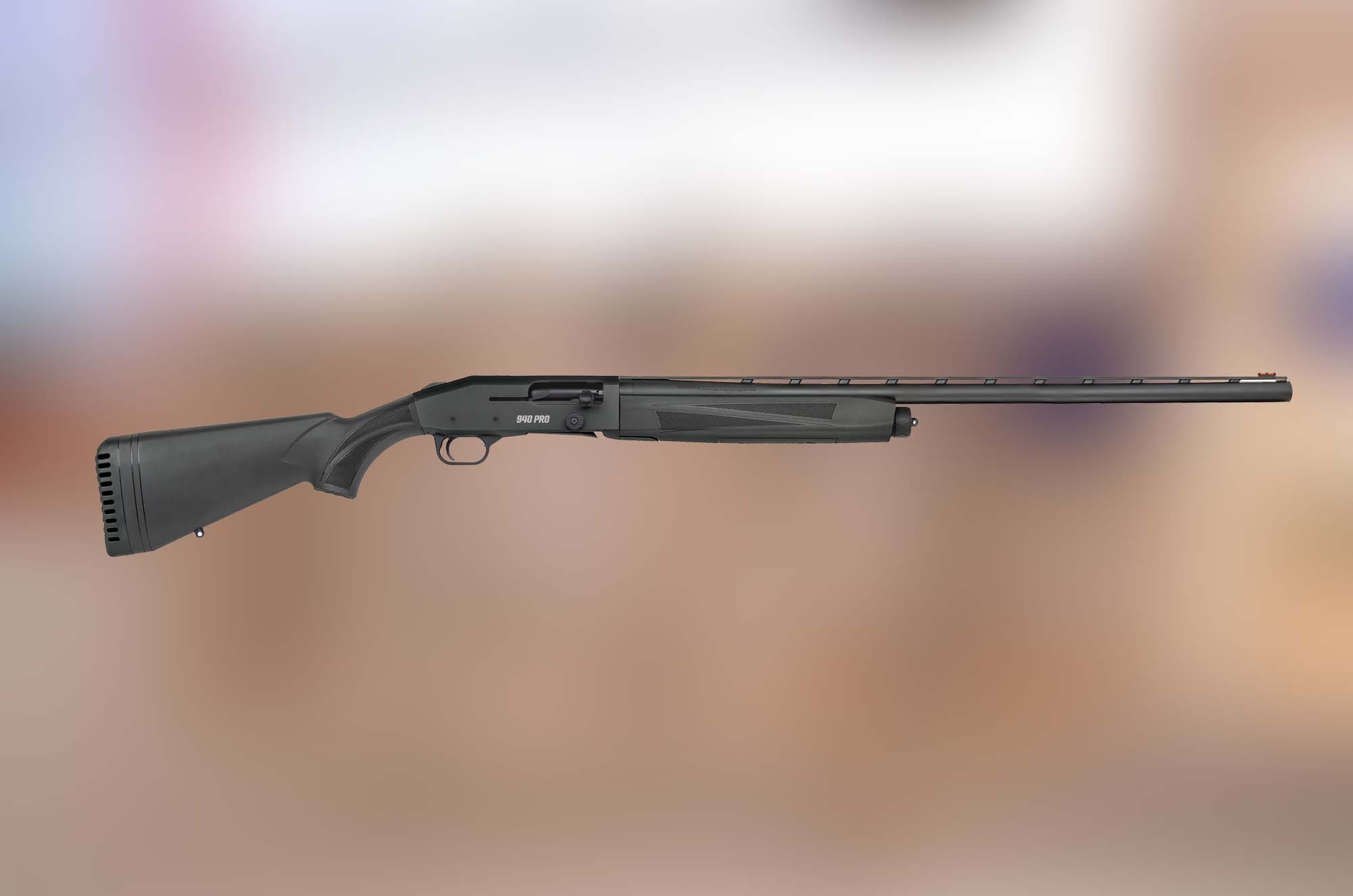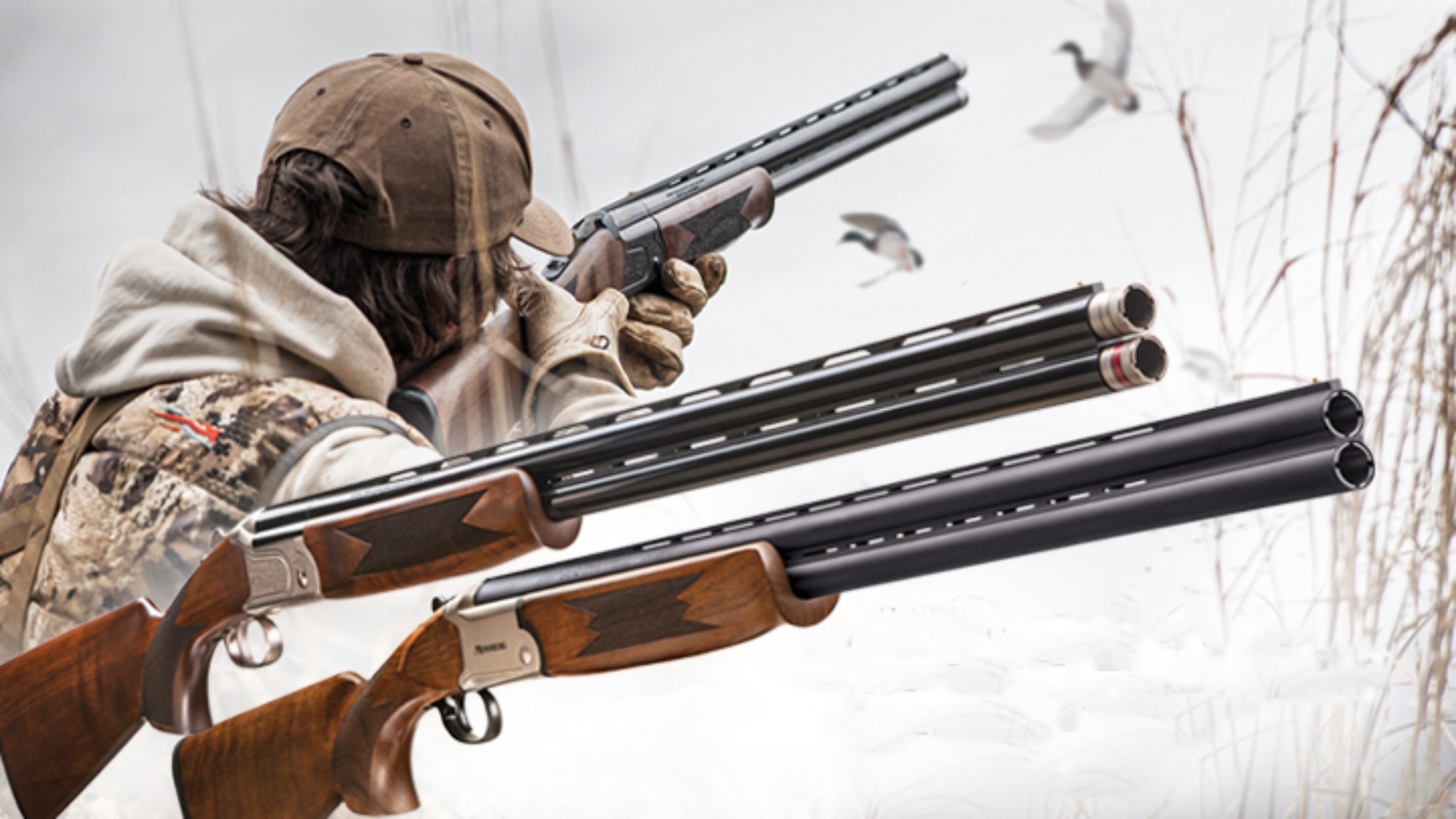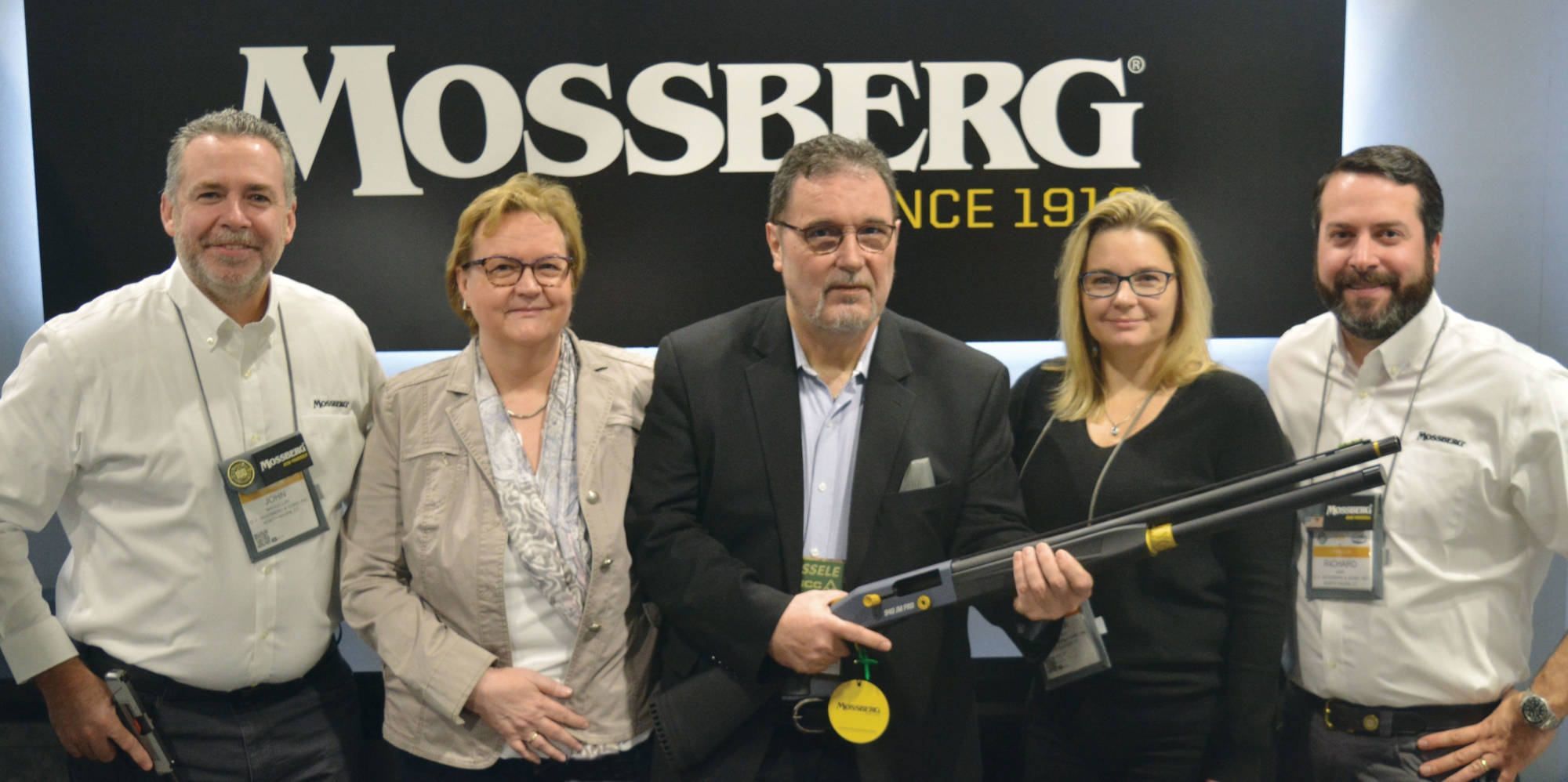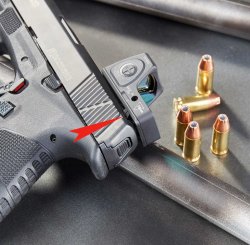
Red dot sights fitted directly onto the slide of the pistol without complex mounts are no longer a rarity. Guns prepared for this bear the abbreviation "OR", which stands for Optics Ready. Owners of pistols without a milling on the slide still have to use the familiar iron sights. Until now, the only alternative was expensive milling work by a gunsmith, followed by re-sighting. Trijicon now offers its RMRcc ADJ with a new, or rather well-known interface, namely a dovetail mount, to be inserted in the rear sight dovetail notch. In the U.S. these interfaces are available non only for the MC2c pistols from Mossberg tested here – the dovetail mount for the Glock also fits here – but also for other pistols such as from Kimber, SIG Sauer or S&W, and should be soon available across the pond too. In addition to dovetail mount, the RMRcc ADJ is also offered with adapter plates for all common OR pistols, i.e. also for the compact Mossberg MC2sc OR.
Trijicon's reflex sights undergo extreme testing and must meet tough military requirements
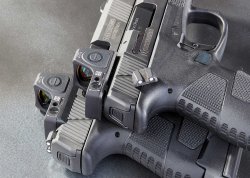
Anyone who clicks through offers of reflex sights will get stuck with Trijicon. Not because of an unusual design, flashy colors or particularly outstanding features. It's the high price, which ranges from 700 to 850 euros, depending on the variant of the RMR sight. That already seems very, very self-confident. But Trijicon also has very, very confident customers, like the US Special Operations Command (USSOCOM). There, Trijicon reflex sights are listed as "Handgun Reflex Sight (MAS-D HRS)". This was not because of advertising, but because hard facts were important for the purchase of these sights. For example, they are designed to be waterproofed to 20 meters. Vibration and impact tests that also apply to the ruggerized battery contacts as well as to a patented, shock-absorbing housing. The functionally reliable temperature range of the RMR sight is between -29 and +60 degrees Celsius, which means that they cover a very wide range of climates except for extreme areas such as the subtropics and polar regions. These are some extras for which military buyers are happy to pay a handful of dollars extra. The civilian user only has to ask himself whether all this is necessary for his/her use, or whether the awareness of owning "the best" makes the financially significant bloodletting sufficiently acceptable.
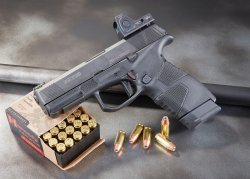
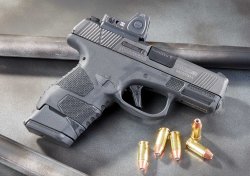
Let's talk about the new compact pistols from Mossberg: especially with the MC2c, the length and width belies a much more bulky gun. Taken in hand, it took a few seconds for the testers to realize just how little surface area needs to be encompassed when applying force. The grip is very well suited for medium-sized and small hands, "long fingers" miss a bit of fullness. However, its slim line also predestines the larger MC2c for concealed carry.
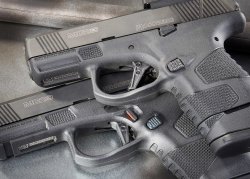
The special feature of the Mosberg MC2c in the test is the additional manual cross-bolt safety in the trigger area – testers with wide thumbs found it quite close to the magazine release. On the compact MC2sc, the familiar safety integrated in the trigger blade is found. If the user still feels safe in terms of secure gripping on the MC2c even with the flush magazine, on the compact MC2sc this leads to the familiar free flight of the little finger from a medium hand size. If you only want to rely on the full force of all fingers, on the short MC2sc you can't avoid the large magazine base and the resulting grip extension. Now to the surface design of both pistols: soft-finished, but in the positive sense of the word. No corners or edges that can snag, except for the somewhat prominent area on the extractor, which protrudes when the chamber is loaded and thus signals this condition. The grip design as well as its texture are up to snuff. The very narrow design of the test guns can only be achieved by using sheet steel magazines. Testers with larger hands missed design options such as interchangeable backstraps or side plates. On the other hand, pistols specially designed for concealed carry should be narrow rather than wide. If you really want a thicker grip, a Hogue's Handall rubber grip sleeve should be an effective means of increasing the circumference.
Practical test of the Mossberg MC2c and MC2sc on the shooting range
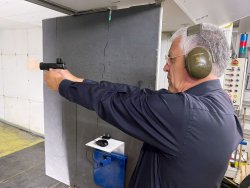
The MC2c was shot freehand and from the Heymann Guntester. The short MC2sc was used for recoil comparison. In keeping with the conception of the guns, only ammunition suitable for defense purposes was used. And yes, the plate design sitting in the rear sight dovetail for RMRcc ADJ did hold up. The manual brightness setting using the self-explanatory + and - buttons on the reflex sight was noted positively. The MC2c's cross-bolt safety, which only engages when the gun is cocked, is typical of the American understanding of safety. Aesthetes may be bothered by the somewhat taller design of the reflex sight on the MC2c, practitioners will rather hope that there will soon be more adapters for the dovetail mount. While the 3.25 MOA red dot may be a bit too large for sport shooters, all testers found it optimal for defensive use. There were no feeding or ejection problems with any of the pistols. A plus is the well-defined trigger wall. In addition to the inherent accuracy of the gun and ammunition, this is an important feature for tight groupings.
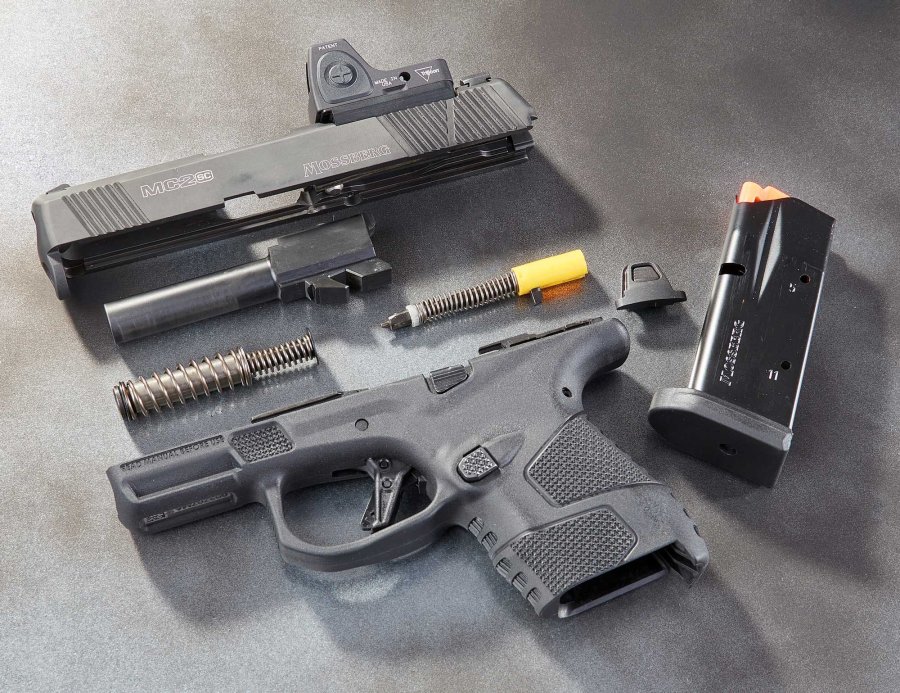
Extended or short grips led to the following result: the shortened grip of the MC2c still allows full finger lock for medium-sized hands. Larger hands need the extended magazine base. Even with the latter, it becomes tight for large hands on the MC2sc OR. With medium-sized hands, the little finger no longer finds a grip on the flush magazine base and the gun may then shoot somewhat roughly.
Mossberg MC2c and MC2sc OR specs and prices
| Model: | Mossberg MC2c Manual Safety | Mossberg MC2sc OR |
| Price (MSRP in Germany): | € 749 | € 799 |
| Caliber: | 9mm Luger | 9mm Luger |
| Magazine Capacity: | 15 (13) + 1 cartridges | 14 (11) + 1 cartridges |
| Dimensions (LxWxH): | 180x2x130 mm | 162x27x110 mm |
| Barrel Length: | 4”/102 mm | 3.38”/86 mm |
| Barrel Twist: | 1:406 mm (1:16") | 1: 406 mm (1:16") |
| Trigger Pull Weight: | 2,500 g approx. | 2,500 g approx. |
| Weight: | 23.6 oz/670 g approx. | 21 oz/595 g approx. |
| Left/Right Version: | Reversible magazine release | Reversible magazine release |
| Features: | Additional manual safety, white dot rear sight, green fiber optic front sight. | White dot rear sight and front sight. |
Our test conclusion on the Mossberg M2c and M2sc OR pistols and the Trijicon RMRcc ADJ red dot sight
The Mossberg MC2 models are intended for concealed carry. For this use, combos with high-priced reflex sights such as the Trijicon RMRcc ADJ should be considered more interesting than too expensive. For all three products tested: thumbs up.
What we liked: | What we liked less: |
| - Easy
disassembly / assembly | -
Grip design needs the magazine extension |
| - Very
small overall width | -
Cross-bolt safety very close to the magazine release button |
| -
Disassembly without pulling the trigger |
You can learn more about the handy Mossberg M2c and M2sc OR self-loading pistols and about other guns from Mossberg website.
Additional information about the RMRcc ADJ reflex sight can be found on the Trijicon website.


